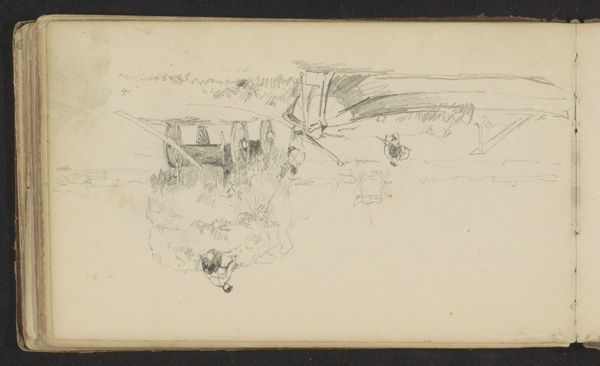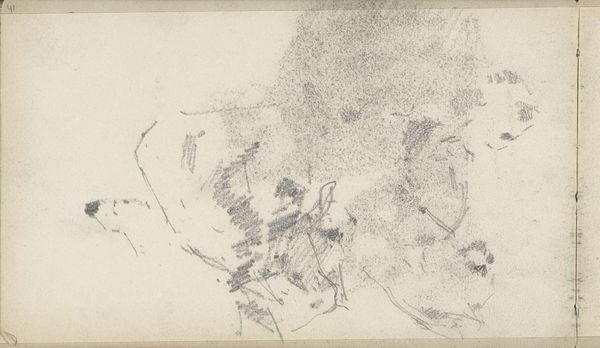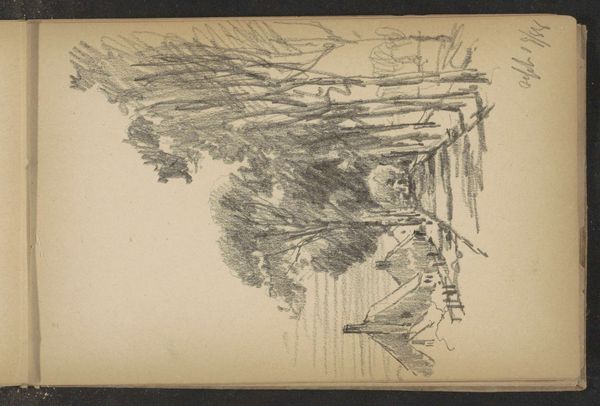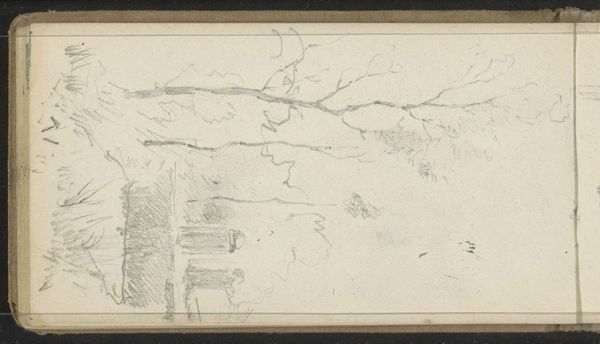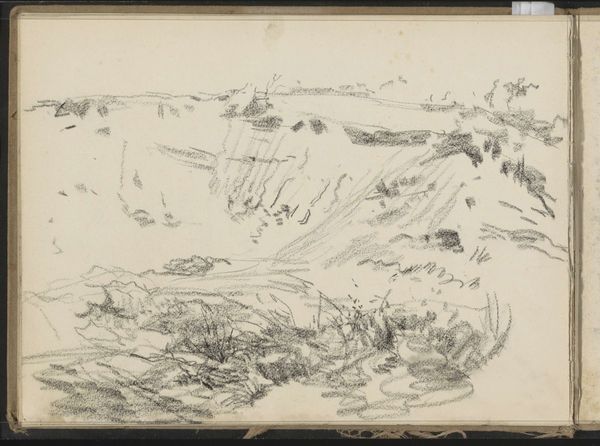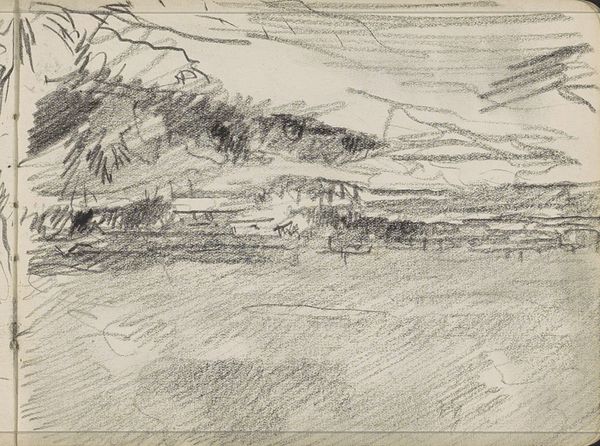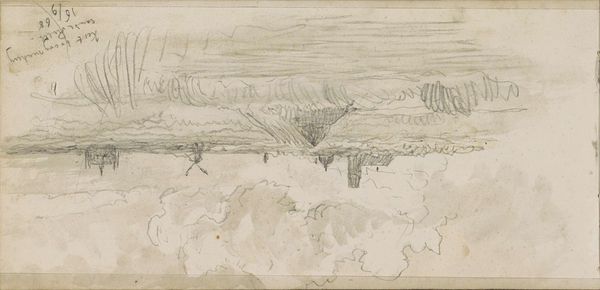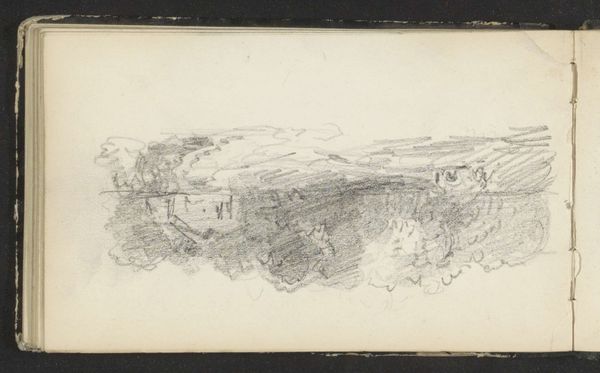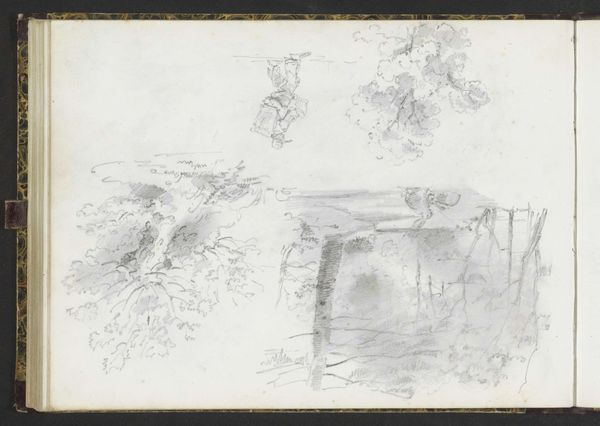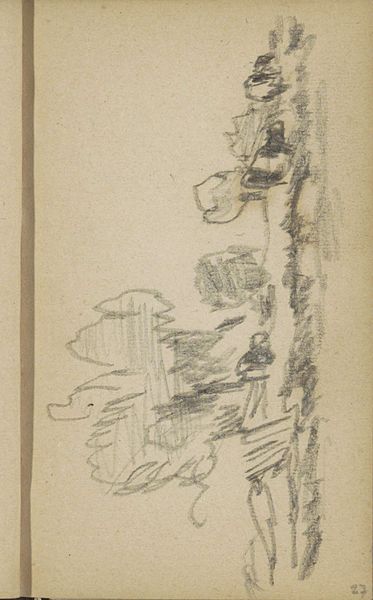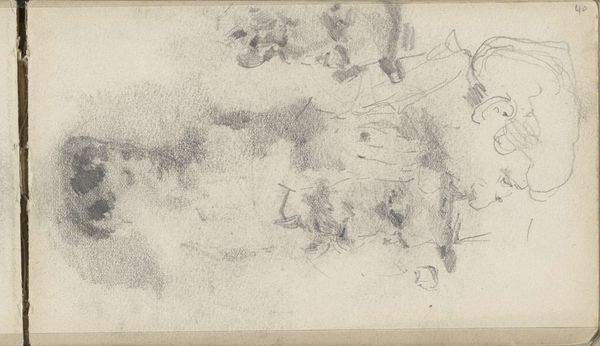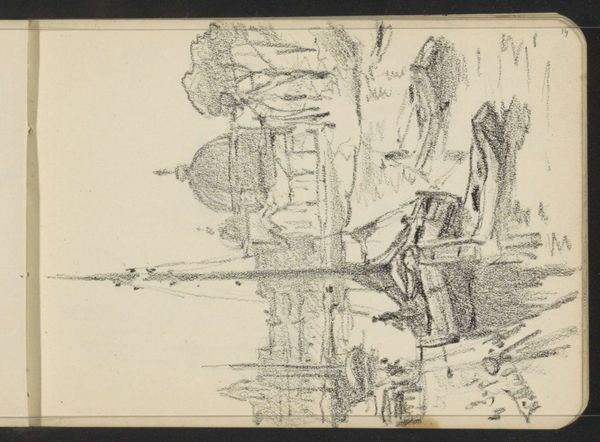
Wandelaars en een rustende jongen bij een boom 1834 - 1903
0:00
0:00
johanhendrikweissenbruch
Rijksmuseum
drawing, pencil
#
tree
#
drawing
#
pen sketch
#
sketch book
#
incomplete sketchy
#
landscape
#
personal sketchbook
#
sketchwork
#
ink drawing experimentation
#
sketch
#
pen-ink sketch
#
pencil
#
pen work
#
sketchbook drawing
#
genre-painting
#
sketchbook art
#
realism
Copyright: Rijks Museum: Open Domain
Johan Hendrik Weissenbruch made this pencil drawing of wanderers and a resting boy, likely in the mid-to-late 19th century. Weissenbruch was a leading figure in the Hague School, a group of Dutch artists reacting against the formality of academic painting. They sought a more naturalistic depiction of the Dutch landscape and everyday life. This drawing captures that sentiment, showing ordinary people in a casual, unidealized setting. Consider the social context of the Netherlands at this time. The country was undergoing rapid industrialization and urbanization, leading to a growing sense of nostalgia for rural life. Artists like Weissenbruch offered a vision of a simpler, more authentic existence, even if it was tinged with melancholy. These are the kinds of cultural values that institutions like the Rijksmuseum help to preserve. By studying the work of Weissenbruch, and other artists, we can gain a deeper understanding of the social and cultural values of the time, especially through records of sales, exhibition history, and critical reception.
Comments
No comments
Be the first to comment and join the conversation on the ultimate creative platform.
